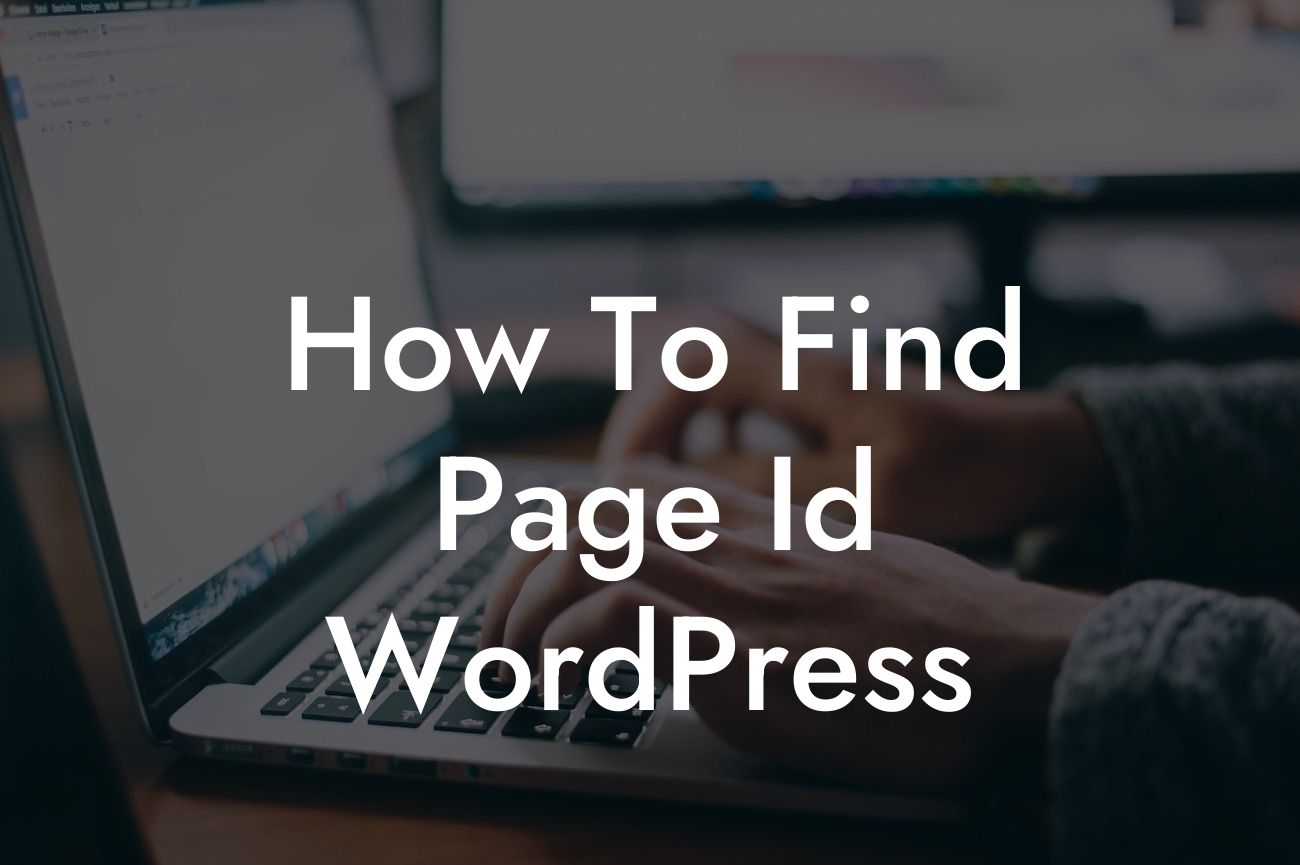In today's digital world, having a strong online presence is crucial for small businesses and entrepreneurs. And when it comes to creating a website, WordPress stands out as a popular and powerful platform. WordPress offers a plethora of features and functionalities to enhance your website, and one of the key elements you may need to work with is the Page ID. Whether you want to customize your theme, add plugins, or implement advanced SEO strategies, knowing how to find the Page ID in WordPress is essential. In this article, we'll walk you through the steps to easily locate your Page ID, empowering you to make the most out of your WordPress website.
Finding the Page ID in WordPress is a simple process that can be done using either the WordPress dashboard or by directly inspecting the HTML source code. Here's a comprehensive guide that breaks it down for you:
1. Using the WordPress Dashboard:
- Login to your WordPress admin dashboard.
- Navigate to the "Pages" menu option on the left-hand side.
Looking For a Custom QuickBook Integration?
- Click on the specific page you want to find the ID for, and you'll be directed to the page editor.
- Check the URL in your web browser's address bar. You should see something like: https://www.yourwebsite.com/wp-admin/post.php?post=123&action=edit.
- The number after "post=" is your Page ID. In this case, it is 123.
2. Inspecting the HTML Source Code:
- Visit the page on your website that you want to find the ID for.
- Right-click anywhere on the page and select "Inspect" from the context menu. This will open the browser's developer tools.
- Within the developer tools, you'll see the HTML source code. Look for the section that corresponds to the page's content. It's usually wrapped in a div or section tag.
- Once you've located the relevant section, search for "id=" within the tag attributes.
- The value after "id=" is your Page ID.
How To Find Page Id Wordpress Example:
Let's assume you have a WordPress website for your online store selling handmade crafts. You want to customize the homepage by adding a carousel slider plugin, but it requires you to enter the Page ID. By following the steps above, you'll be able to easily find the Page ID, allowing you to seamlessly integrate the plugin and showcase your products in an engaging and visually appealing manner.
Now that you know how to find the Page ID in WordPress, you can take full control of your website's customization and optimization. Explore other helpful guides on DamnWoo to unlock more WordPress tips and tricks. Additionally, check out our collection of awesome plugins designed exclusively for small businesses and entrepreneurs. With DamnWoo, your online success is just a click away!













